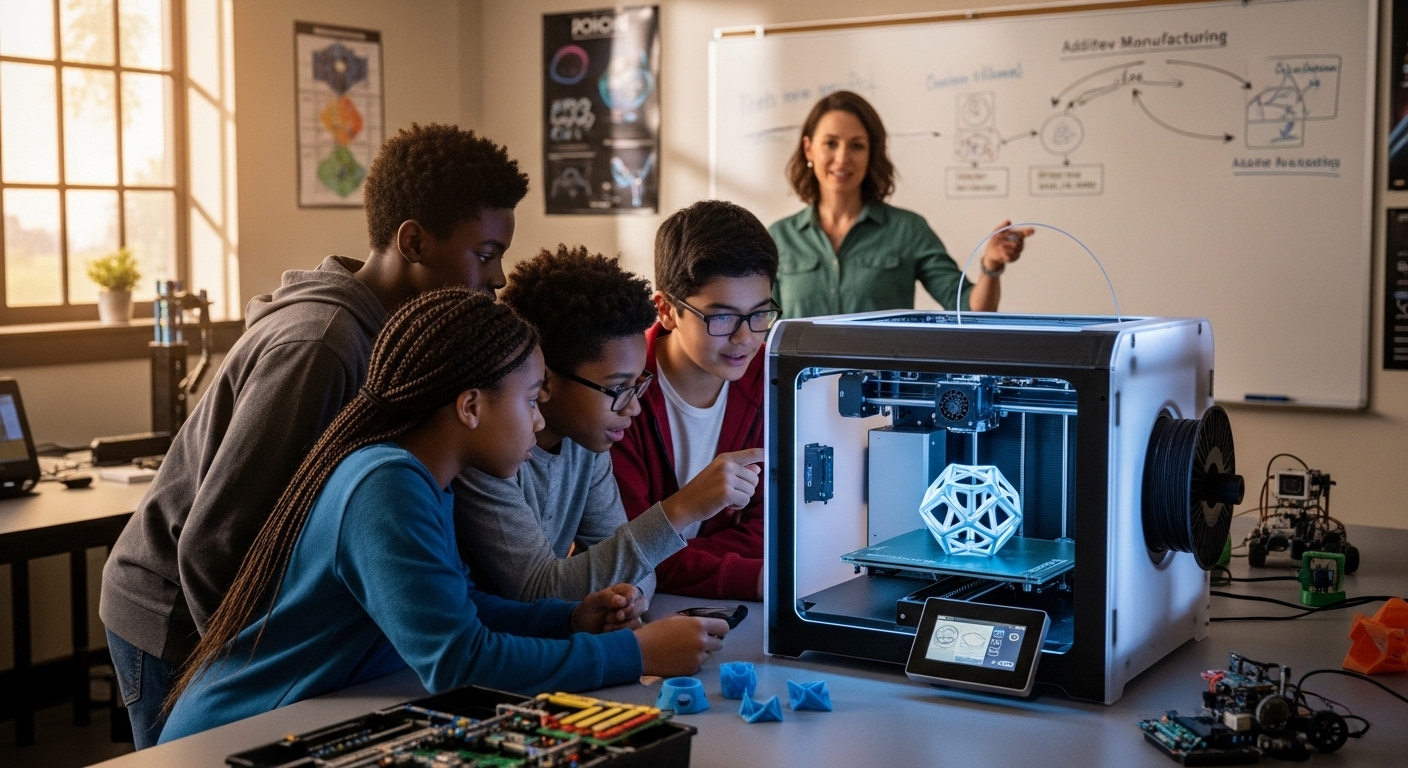As classrooms adapt to a more technology-driven future, 3D printing is emerging as a valuable educational tool. It brings abstract concepts to life, bridges theory and practice, and sparks creativity through hands-on experimentation. From elementary schools to universities, educators are embracing 3D printing to deepen engagement and make learning more interactive and applied.
Key Benefits of 3D Printing in Education
Tangible Learning Tools
Subjects like math, biology, and physics often involve complex, abstract ideas. 3D-printed models—like molecular structures, human organs, or geometrical shapes—make these concepts easier to visualize and understand.
Enhancing STEM Curriculum
3D printing introduces students to engineering principles, design thinking, and digital manufacturing. It encourages iterative thinking: test, fail, adjust, and try again—a core principle in science and engineering.
Cross-Disciplinary Applications
It’s not just for science classes. Art students use it for sculpture and design. History classes create artifacts. Geography projects replicate terrain models. It turns digital tools into tactile learning across the board.
Accessibility and Inclusion
Educators can create custom learning aids for students with disabilities—like braille models, sensory puzzles, or adapted tools—tailoring the classroom experience for different needs.
Career Readiness
Exposure to 3D modeling and printing prepares students for careers in design, engineering, medicine, and more. As digital fabrication becomes standard in many fields, early familiarity offers a competitive edge.
Examples of Classroom Use Cases
- Printing replicas of ancient artifacts for history projects
- Designing and prototyping student-made inventions
- Building architectural models for design students
- Creating anatomical models for biology and medical studies
- Printing interactive math tools, like fraction blocks or geometry puzzles
Tools and Software Used in Schools
- Tinkercad: An intuitive modeling tool widely used in middle and high school settings
- Fusion 360: Often taught in technical programs and engineering courses
- PrusaSlicer and Cura: User-friendly slicers used to prepare print files
- Thingiverse Education: A platform full of classroom-ready 3D model projects
Challenges in Adoption
- Training & Support: Teachers need training to integrate 3D tools effectively.
- Cost & Maintenance: While entry-level printers are affordable, maintenance and filament costs can add up.
- Curriculum Alignment: Some schools struggle to connect printing with learning standards.
Despite these challenges, educational institutions are increasingly finding ways to fund and support makerspaces, labs, and cross-disciplinary projects involving additive technology.
3D printing is more than just a new gadget in the classroom—it’s a bridge between ideas and outcomes, between digital tools and real-world creativity. As access improves and digital literacy expands, it’s poised to become a foundational part of how students learn, problem-solve, and explore the world around them.


